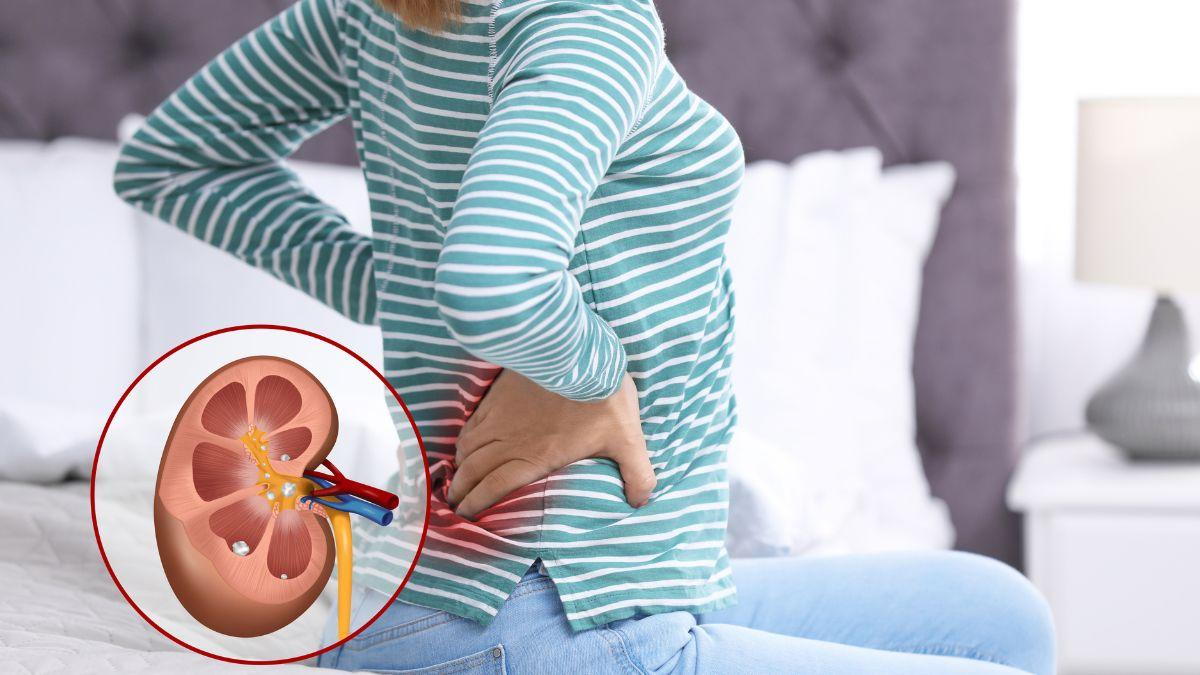
Back pain and kidney pain are two of the most common health complaints, affecting millions of people each year. While both types of pain may feel similar, it is crucial to identify the source accurately for effective treatment. Ignoring or misidentifying the cause can lead to prolonged discomfort and potential complications.
In this blog post, we will discuss how to differentiate between lower back pain and kidney pain based on key differences in location, nature of pain, specific symptoms, common causes, and how a traction machine for lower back pain can help with proper management.
Key Differences Between Lower Back Pain and Kidney Pain
Location of Pain
The location of pain is one of the primary differences between lower back pain and kidney pain. Lower back pain typically originates from the lumbar region, which includes the five vertebrae between the ribcage and pelvis. On the other hand, kidney pain is often located under the ribs or on one side of the back, usually where the kidneys are positioned.
However, these are not the only two areas where the pain can feel similar. Sometimes, lower back pain can radiate to the buttocks or legs, and kidney pain can move towards the groin area. Therefore, understanding hip pain vs. low back pain and various such points will help you differentiate the symptoms and choose the appropriate treatment.
Nature of Pain
Lower back pain and kidney pain can feel similar in terms of intensity, but there are significant differences in the nature of pain. Lower back pain is typically associated with muscle strains or injuries and may feel dull, achy, or sharp. It may worsen during movement and improve with rest.
In contrast, kidney pain is usually deep and intense, often described as a stabbing or throbbing sensation. The severity of kidney pain can also vary depending on the underlying cause and may worsen at night. If you experience severe, unrelenting pain with no relief, it is essential to seek medical attention immediately.
Symptoms Specific to Each Type of Pain
Lower Back Pain Symptoms
Muscle spasms or stiffness in the lower back.
Difficulty standing up straight or performing daily activities.
Pain that improves with rest and worsens with movement.
Numbness, tingling, or weakness in the legs.
Kidney Pain Symptoms
Urinary symptoms like painful urination, frequent urge to urinate, or blood in urine.
Other accompanying symptoms such as fever, nausea, vomiting, chills, or loss of appetite.
Common Causes
Lower Back Pain Causes
Muscle strain or tension due to improper lifting, sudden movement, or poor posture.
Underlying conditions such as sciatica (nerve compression), herniated discs, spinal stenosis, osteoarthritis, or degenerative disc disease.
Kidney Pain Causes
Kidney stones that obstruct the urinary tract and cause inflammation and discomfort in the kidneys.
Urinary tract infections (UTIs) that affect the bladder, urethra, or kidneys.
Inflammation due to underlying renal conditions like polycystic kidney disease or glomerulonephritis.
Treatment Options
If you are experiencing lower back or kidney pain, it is essential to consult your doctor for an accurate diagnosis and treatment plan. While mild cases of lower back pain can be managed with rest, ice/heat therapy, and over-the-counter medication, more severe or persistent cases may require additional interventions.
On the other hand, treatment for kidney pain will depend on the underlying cause. For instance, antibiotics may be prescribed for UTIs or medications to help pass kidney stones. In some cases, surgery may also be necessary.
In addition, the use of spinal decompression therapy can help with both lower back and kidney pain. This non-invasive treatment uses a traction machine to stretch the spine and relieve pressure, improving blood flow and promoting healing. Products like Antalgic-Trak offer customizable options for spinal decompression therapy, making it a suitable option for patients.
Managing Lower Back Pain with Our Traction Machine
Lower back pain can be effectively managed using our Antalgic-Trak spinal decompression machine. Providing gentle and targeted traction to the lumbar spine can help alleviate muscle tension and relieve pressure on the discs, nerves, and joints in the lower back. The multi-axis positioning feature of the machine allows for a more precise and comfortable treatment posture.
With its advanced technology and customizable treatment options, Antalgic-Trak may be the solution to your lower back pain. So, if you are struggling with chronic or acute lower back pain, consider trying out our Antalgic-Trak system for effective relief. Don't let lower back pain limit your daily activities and quality of life any longer - speak to your healthcare provider about incorporating spinal decompression therapy into your treatment plan.
